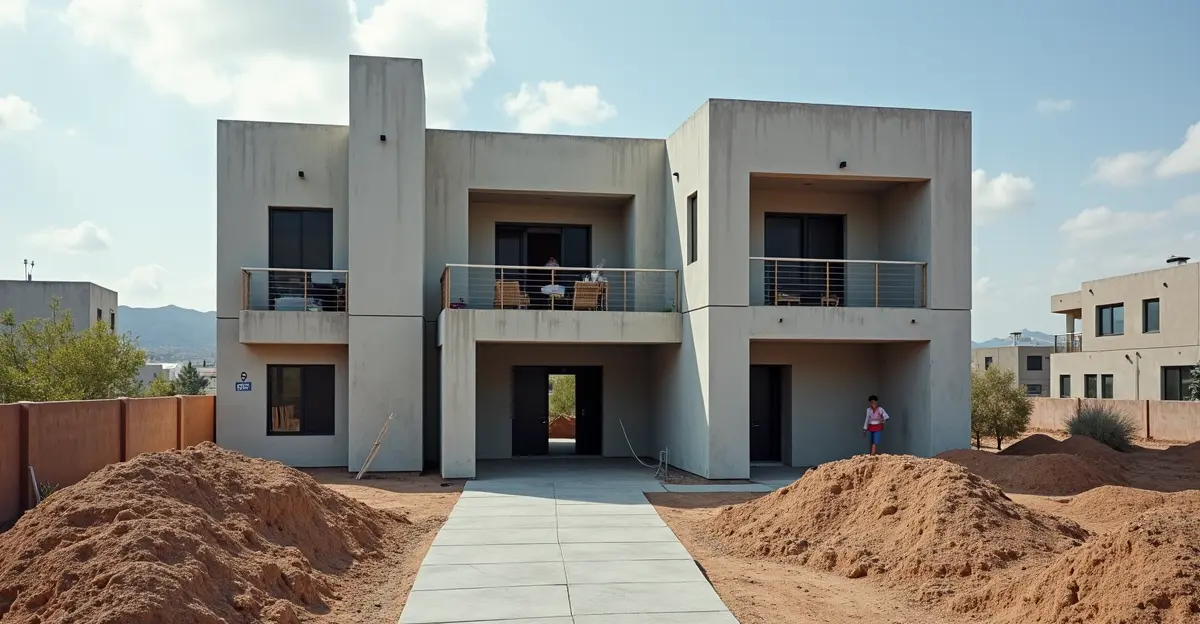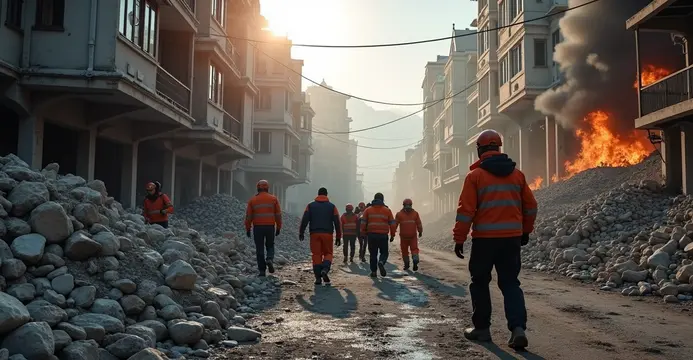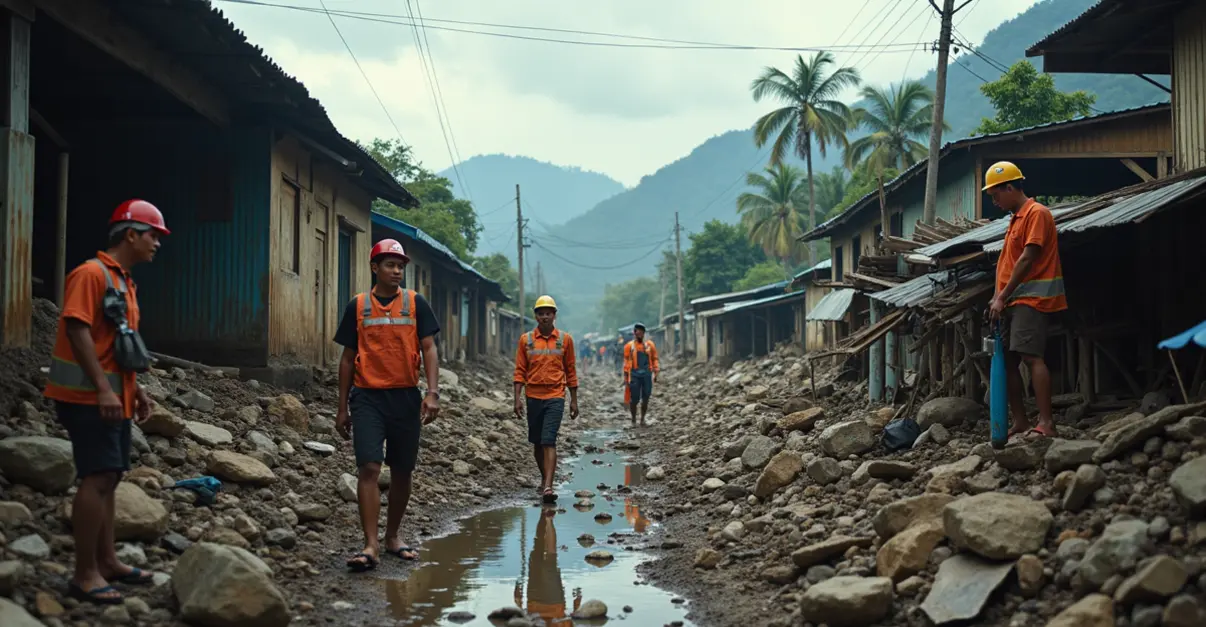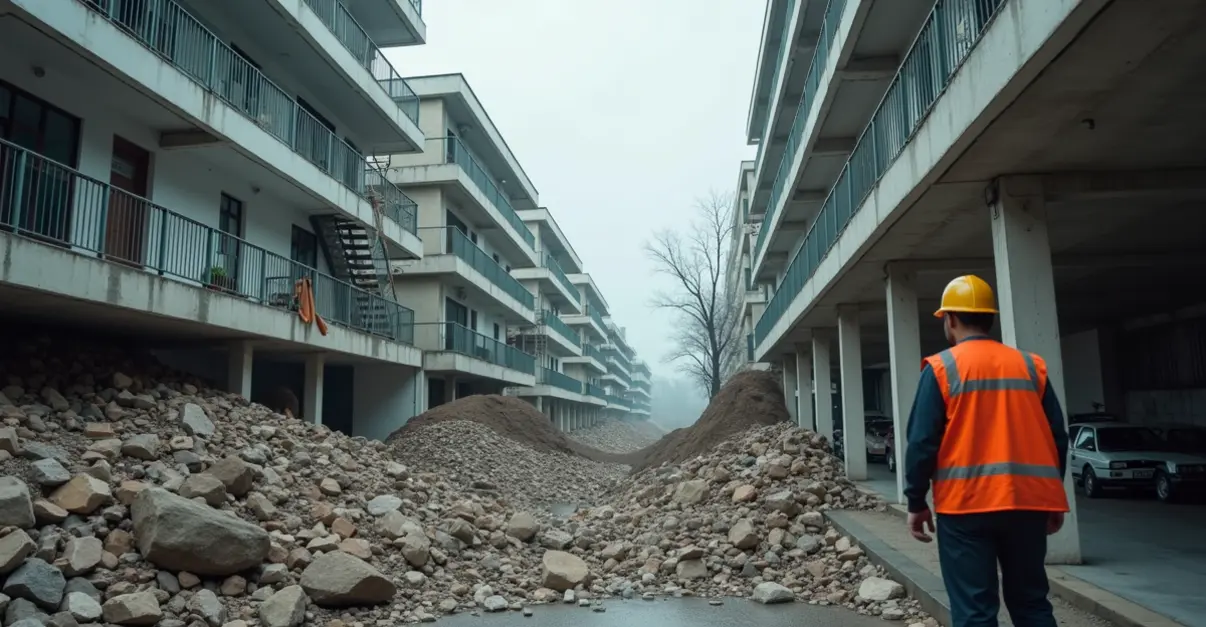Earthquake-resistant homes use advanced engineering to withstand seismic events, incorporating materials like precast concrete and techniques such as base isolation to save lives and reduce damage.

Introduction to Earthquake-Resistant Architecture
Earthquake-resistant structures, also known as aseismic structures, are engineered to withstand seismic forces and minimize damage during earthquakes. The primary goal is to prevent building collapse, thereby saving lives and reducing economic losses. While no building can be entirely immune to earthquakes, modern engineering techniques have made significant strides in enhancing resilience.
Key Principles of Design
Earthquake engineering relies on principles such as strength, ductility, and energy dissipation. Buildings are designed to be strong enough to resist shaking and ductile to absorb and dissipate energy without failing. Base isolation and structural vibration control are advanced methods used in critical structures. For instance, base isolation involves placing buildings on flexible bearings that isolate them from ground motion, as seen in the Cathedral of Our Lady of the Angels.
Innovative Materials and Techniques
Recent trends include the use of precast concrete, which performed well in events like the 2011 Christchurch earthquakes. Steel plate shear walls and high-damping rubber bearings are also employed for retrofitting older buildings. In Japan, companies have developed compact shelters as an alternative to full-building proofing. Experimental methods, like concurrent shake-table testing, validate these solutions by simulating earthquakes on scale models.
Global Applications and Future Outlook
Countries in seismic zones, such as Japan and California, have strict building codes that mandate earthquake-resistant features. The ongoing development of smart materials and AI-driven design promises even greater safety in the future. As climate change may increase seismic risks, investing in resilient architecture is crucial for urban planning.
"Earthquake-resistant design is not just about codes; it's about community safety and sustainability," says an expert from the Earthquake Engineering Research Institute. Sources: _Wikipedia_.

 Nederlands
Nederlands
 English
English
 Français
Français
 Deutsch
Deutsch
 Español
Español
 Português
Português









